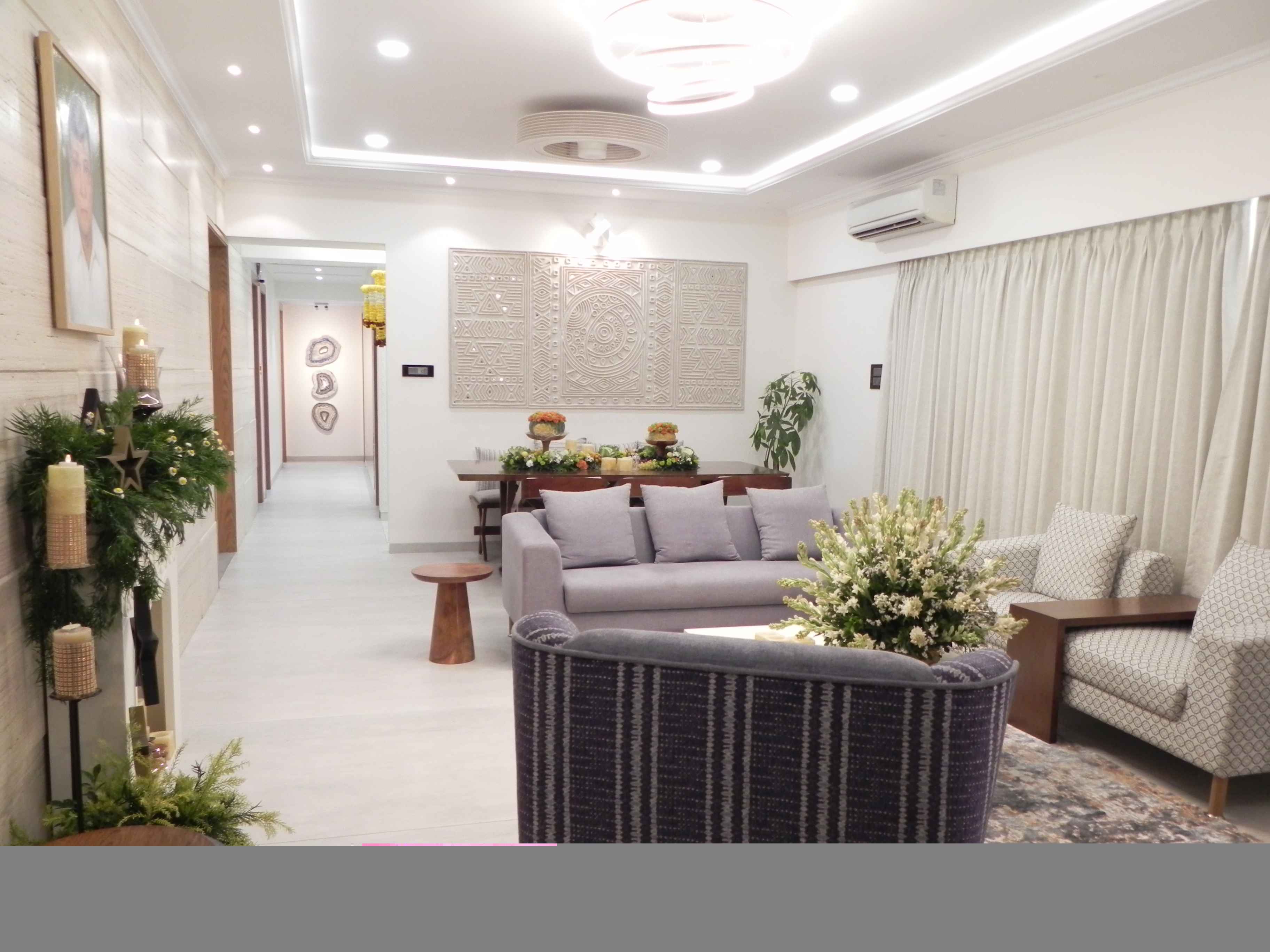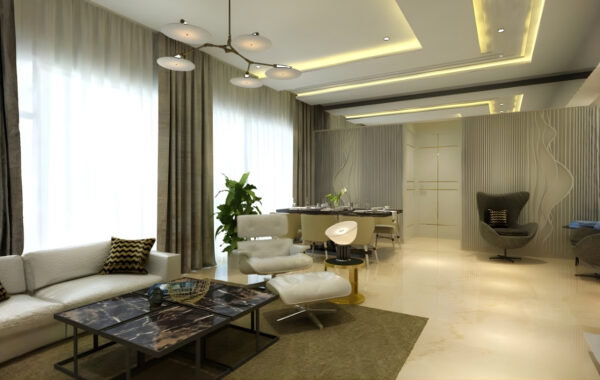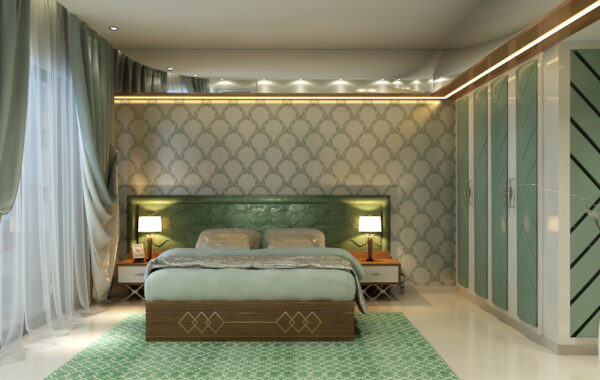In a world of fitness trackers, gym memberships, and digital health apps, there’s an often-overlooked factor influencing how much we move: our interiors.
While the average adult spends up to 90% of their time indoors, most homes are built for stillness. Sofas designed for sinking. Offices built for sitting. Bedrooms created for still, screen-based scrolling. But what if our homes could subtly nudge us into movement throughout the day—without feeling like a workout space?
As a world-class interior designer with a passion for wellness-integrated spaces, I believe in designing not just for aesthetics and comfort—but for subconscious motion. Think of it as “micro-activity architecture”: creating homes that gently encourage you to stretch, bend, reach, pace, or squat as a natural part of your day.
This isn’t about turning your living room into a gym. It’s about embedding opportunities for casual, joyful movement right into the fabric of your home.

🧠 Why Micro-Movement Matters
Micro-movements are the small, frequent motions that keep the body supple and energized. They include actions like:
- Standing up to reach a high shelf
- Balancing while putting on socks
- Taking stairs instead of elevators
- Moving between zones in your space
- Shifting postures during tasks
Research shows that regular micro-movement boosts:
- Circulation
- Joint health
- Cognitive performance
- Metabolism
- Mood and mental clarity
In contrast, long periods of inactivity—even in beautifully designed spaces—can contribute to fatigue, muscle stiffness, and even chronic illness.
The solution? Design interiors that invite natural, spontaneous movement.
🚶♀️ 1. The Walkable Home: Rethinking Flow and Circulation
Instead of organizing your home for minimal effort, design it to encourage movement between functions.
Design Tips:
- Spread out utility: Place the printer in a separate zone from your desk. Store tea supplies across the kitchen from the kettle.
- Create multi-room routines: For example, reading in one area, stretching in another, and journaling in a nook that requires walking.
- Use circular flow patterns that allow you to loop through rooms instead of entering and exiting the same way.
Even a small apartment can feel like a dynamic space when zones are used intentionally to promote subtle movement.
🧺 2. Active Furniture Layouts
How we arrange furniture can influence how we move—or don’t move—through a space.
Design Tips:
- Avoid the “center trap” where all activity is focused around a single seating area. Instead, use smaller clusters that require shifting.
- Place storage intentionally low or high, so users naturally stretch or squat.
- Choose multi-height seating (floor cushions, stools, benches) to encourage different postures.
Low-profile or modular furniture can also support floor-sitting, casual stretching, or kneeling—postures that reawaken underused muscles.
🧘♂️ 3. Dedicated Micro-Movement Zones
You don’t need a gym to stay active. What you need are inviting, informal spaces that signal, “Move here.”
Ideas:
- A foam roller or yoga mat tucked into a corner of the living room
- A barre or wall rail in a hallway for stretching
- A balance board or foot massager under a standing desk
- A pull-up bar or stretch band in a doorway
These zones don’t need to be large or obvious. In fact, the best ones feel like a natural part of the room—an invitation, not an obligation.
🪟 4. Visual Prompts for Motion
Interior environments can trigger action based on subtle cues. Think: light, color, or form that “suggests” movement.
Design Strategies:
- Use path lighting or step lights that create flow and invite walking
- Paint a contrasting stripe or line along a hallway to mimic a track
- Position plants or art at varying heights to encourage gazing upward or crouching downward
- Include standing-height surfaces that support upright tasks (like journaling, prepping, or sketching)
These design decisions may seem small, but over time, they create a space that gently whispers, “move here.”
🧑🍳 5. The Active Kitchen & Home Office
The kitchen and office are where we’re most sedentary—yet they hold untapped movement potential.
Kitchen Ideas:
- Vertical storage encourages reaching, bending, and lifting.
- Rolling carts or islands can create dynamic meal prep zones.
- Open shelving at staggered heights makes you move with purpose.
Office Ideas:
- Sit-stand desks or balance stools to vary posture
- A whiteboard wall for brainstorming on your feet
- Wall-mounted or vertical shelving that prompts reaching and standing
The key is to interrupt stillness in a way that feels fluid, not forced.
🌿 6. Biophilic Design & Movement
In nature, movement is constant—even when it’s subtle. Biophilic design, which connects interiors to nature, can help inspire motion.
- Position seating to face outdoor views, encouraging pacing to windows
- Add interior planters that require watering or pruning (gardening = movement)
- Use natural textures and materials to stimulate tactile curiosity and light movement
When your home mimics the sensory variation of a natural setting, your body is more likely to respond with engaged, gentle motion.
✨ Final Thought: Stillness Is Designed. So Is Movement.
Your home has a quiet power: it can either keep you stuck in place or gently encourage you to move, stretch, and engage.
Designing for movement doesn’t require bulky equipment or radical changes. It means creating interiors that are just a little more vertical, a little less convenient, and a lot more alive.
In the long run, movement-rich homes support healthier bodies, clearer minds, and more connected lives.
Because good design isn’t just about how a space looks—it’s about how it helps you live.


